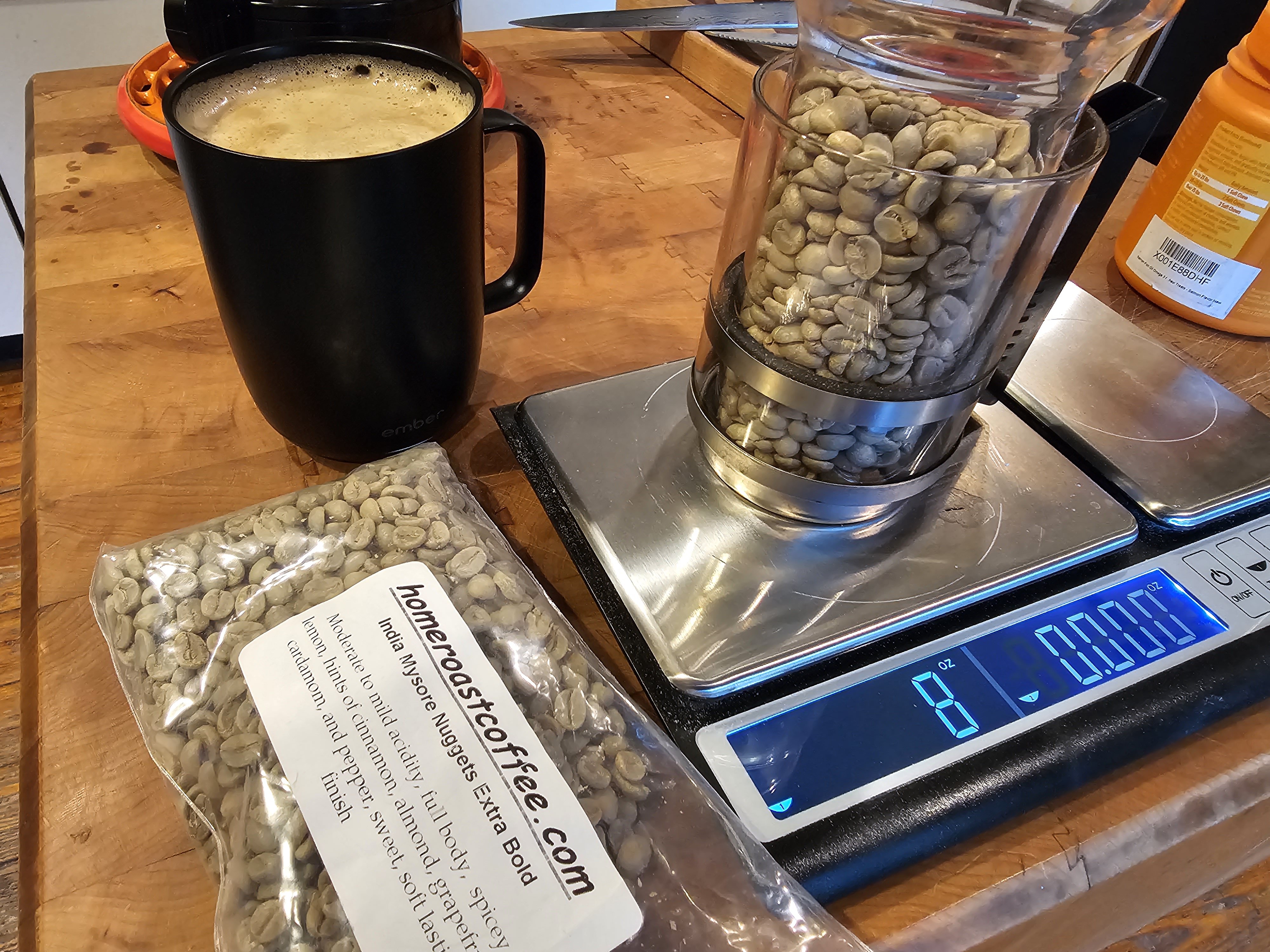Only downside is it's not a very robust surge protector. It's 820 joules if I remember correctly. We have one installed for our all in one washer dryer and fridge. No issues so far.
phrogpilot73
While I don't have the number of devices you do, I can add two observations:
Kwikset Zigbee Door Locks have been rock solid since the day I installed them. No issues dropping off the network. The only downside is occasional delay in reporting state (locked/unlocked) to HA. Getting it to respond to a command to lock/unlock is near instantaneous.
Ikea Zigbee devices have also been rock solid. The only issue is that none of them seem to report battery level reliably. Other than that, there are zero issues.
SV08/ voron for the folks that like to tinker (and value not living in a walled garden, Sovol's hot end/ nozzles not withstanding).
I would call the SV08 hot end/nozzles proprietary-ish. They still published everything on github, which enabled the community to design a modified heat sink (that I got printed on PCBWay). The updated heat sink allows you to swap in an E3D Revo nozzle. That wouldn't be possible if it was truly proprietary.
I’m surprised you saw that much of a speed improvement, but I guess I ran my old i3 clone somewhat fast.
My tuned/reliable profile (on Prusaslicer) on the Ender 3v2 was 40-60 mm/s and acceleration 200 mm/s^2. The stock profile (on Orca) for the SV08 is 200-300 mm/s and acceleration of 20000 mm/s^2. That's probably why such a dramatic speed increase.
Were you homing z with the bed cold? If homing z involves touching the build plate, I could see this.
The auto z-offset on the SV08 heats the bed to 65, then does a QGL, followed by cleaning the nozzle, then the z-offset calibration (using the inductive probe on both the bed and the z-offset probe), followed by a bed mesh, then a test print. Most of what I've read is that the heater is not the most efficient at heating the bed up completely. That's why everyone (Sovol included) recommend heat soaking for the initial z-offset. After I did that, I've had no problems with first layers.
I have an Ender 3V2 that I converted to direct drive with linear rails and CR Touch, and was pretty happy with the reliability of it. I've been wanting to build a Voron forever, but the amount of hours to build/cost of a kit (I can't print ABS) was a barrier to entry.
I just picked up a Sovol SV08, which is a derivative of the Voron 2.4 (there are some proprietary parts on it, but $579 vs. $1000-1200 for a kit, I'm OK with that). I'm pretty happy with it thus far, although it did require some initial tinkering. Here are the highlights:
- Core XY
- Enclosure Ready
- Fast (printed something that took 26 hours on the Ender, and it took less than 4 on the SV08).
- Finicky for the initial z-offset. Heat soak the bed for 30 min at 65 degrees, then run the automatic z-offset.
- Got super frustrated why I couldn't figure out the inconsistent extrusion/shitty prints. Tightened the tension screw on the extruder. Problem solved (rookie move).
Time will tell if it's a long term printer, or more of a tinkerer. However, they open sourced it all - and there's already a ton of mods. Printing the housing for the BTT 5" touchscreen, saving me $50 over buying a touchscreen from Sovol. It might be worth a look.
If the unit you buy has an IR remote, you could look into Sensibo as an add-on. I just installed a Mr. Cool mini split, and set up a Sensibo Air at the same time. The Sensibo integration is two parts - Homekit and API from their cloud service. Most of my automations use only the Homekit integration. Sensibo's website will also let you check to see if the AC unit you're thinking of works with Sensibo.

I'm with you on this. The desktop app isn't connecting now, but I can log in via the web app and it appears to work.